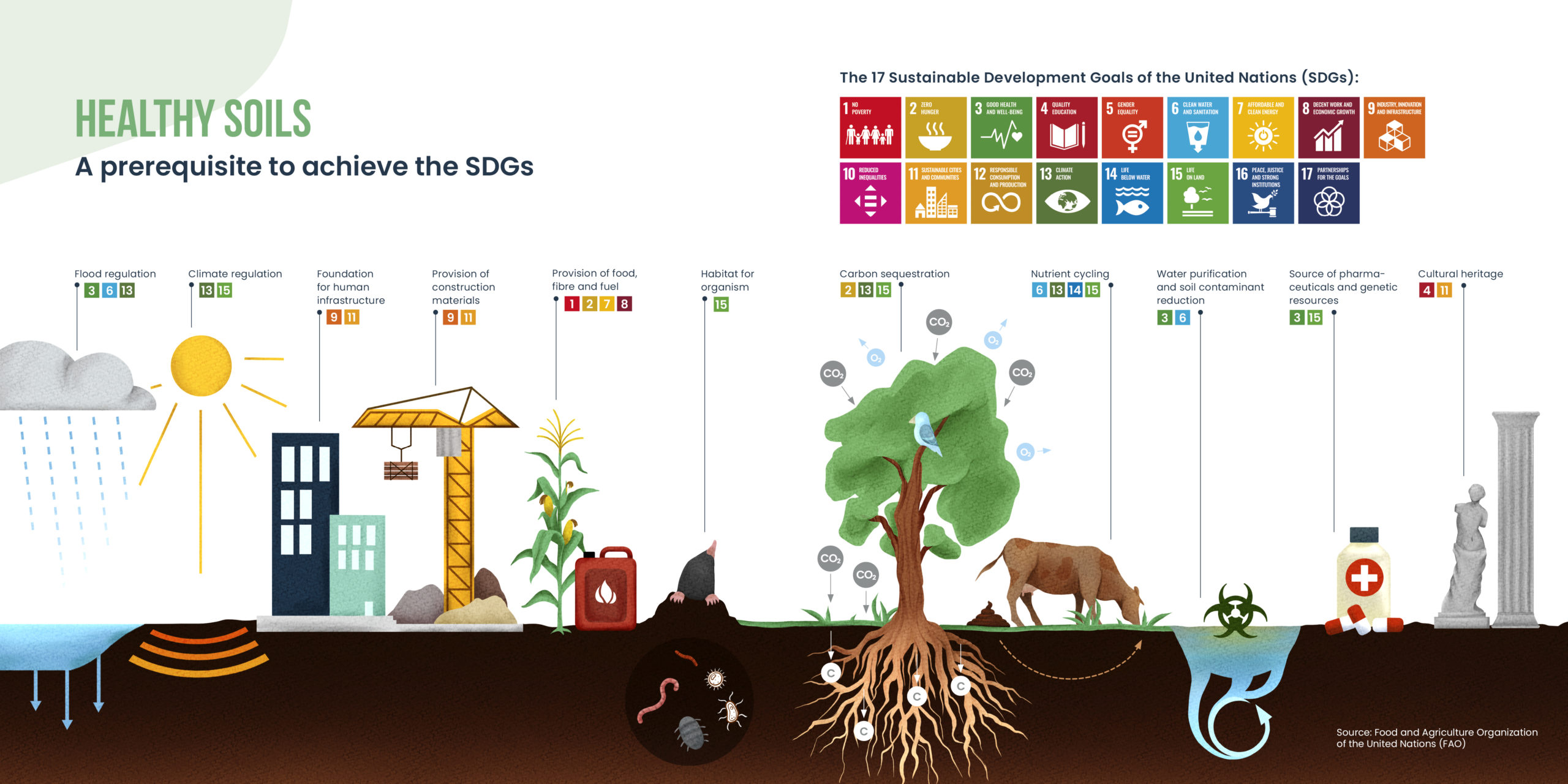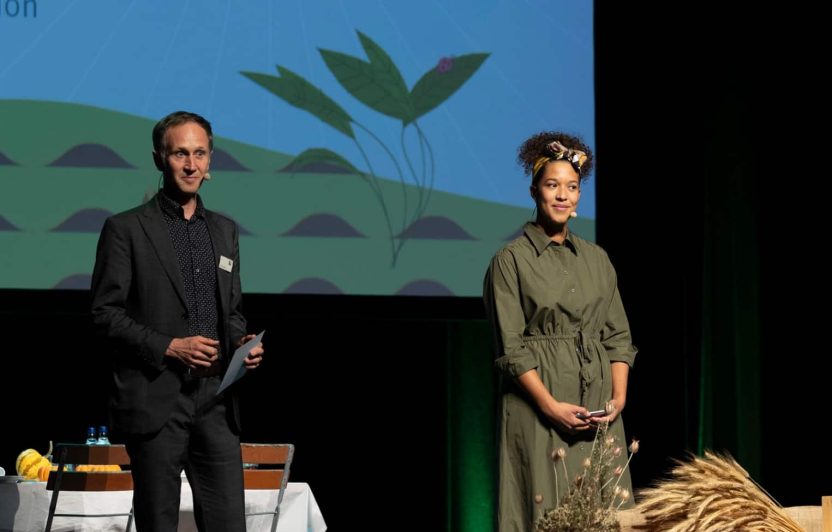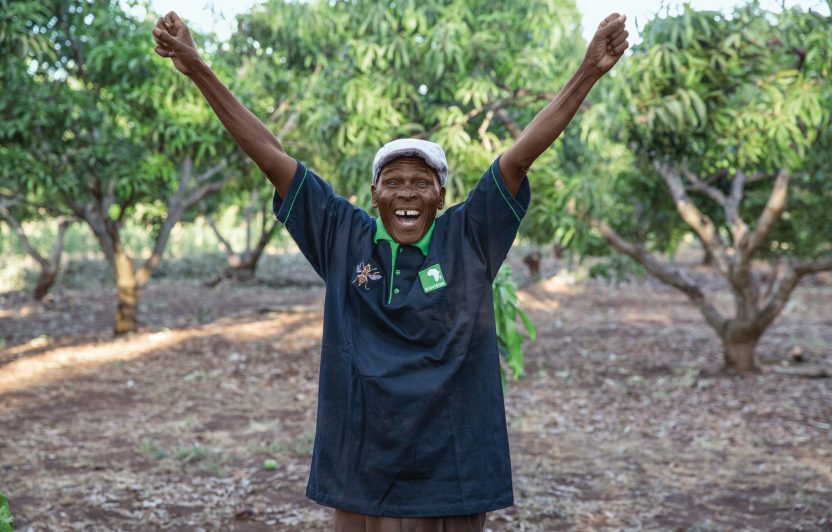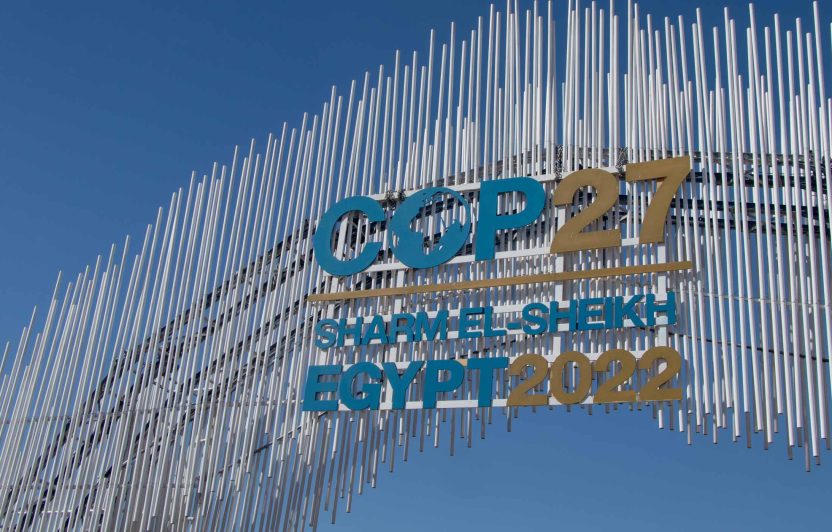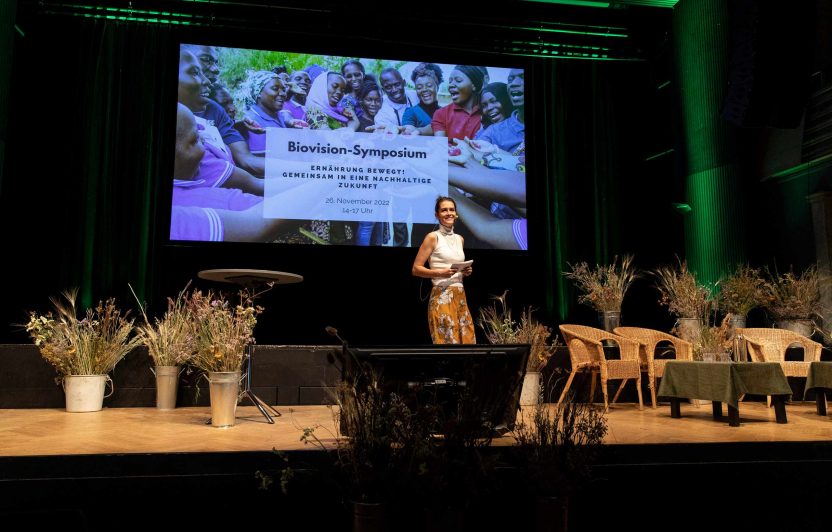Soil is the skin of our planet. Imagine the skin of an apple, just bigger. It produces food and feed for all life on Earth! It is a very thin layer, in some regions only up to 1 meter deep. This layer contains minerals, materials and nutrients that are essential for human life and health. Humans, like many other animals, are of complex structure. Scientists and physicians have a hard time to understand our body and mind. However, this thin layer called soil is known to be the most complicated system of different interacting biomaterials on Earth. One teaspoon of soil contains more living organisms than there are people in the world. Without this “biological diversity” there would be no terrestrial life.
Last year the FAO highlighted: «Healthy soil as prerequisite to achieve the Sustainable Development Goals»
Depending on how soils are treated and managed, they can actively contribute to promote human health and fulfilling the Sustainable Development Goals of the United Nations. Increasing crop productivity and improving yield stability over years are the long term benefits of healthy soils, that contribute positively to food security and income generation, especially in the Global South. Thus they contribute to a world without poverty (SDG 1; No Poverty) and without hunger (SDG 2; Zero Hunger).
Je nachdem, wie wir Menschen die Böden behandeln und bewirtschaften, können sie aktiv die menschliche Gesundheit fördern und zur Erfüllung der Ziele für nachhaltige Entwicklung der UN-Agenda 2030 beitragen (siehe auch Biovisions Engagement bei den SDGs). Gesunder Boden ist die Grundlage für den Anbau von Nutzpflanzen und er sichert gleichmässige Ernteerträge. Diese langfristigen Vorteile gesunder Böden leisten vor allem im globalen Süden einen positiven Beitrag zur Ernährungssicherheit und Einkommensbildung. Damit tragen sie zu einer Welt ohne Armut (SDG 1 «Keine Armut») und ohne Hunger (SDG 2 «Kein Hunger») bei.
Healthy soil is life!
In soils rich of humus, soil particles stand together. This property prevents soil erosion through water and wind on the one hand and hence reduces soil degradation (see «Our live(lihood)s depend on the soil»). On the other hand, it improves soil structure, increases resilience in food production, and produces more food and feed per unit of land for humans and animals.
Soil contains trillions of microorganisms. Bacteria and fungi are present in great diversity. They protect plant roots, improve and stimulate plant health, and promote human health through their metabolites. There are scientific papers showing that endophytes produce new metabolites such as antibiotics, antifungals, immunosuppressants, and anticancer agents that have beneficial effects on human health. Not only that, healthy soils, rich in humus, increase plant health and help suppress soil-borne plant diseases. They act like a sponge and bind pathogens. By limiting their movements, pathogens are not able to reach humans through infiltration and surface runoff. This property has a direct effect on better health and well-being (SDG 3; Good Health and Wellbeing) of the United Nations.
Soil health can be directly promoted by agricultural practices and methods. On the one hand, these methods enhance soil humus content that is an essential factor for soil health, itsfertility. It increases biodiversity as well because humus contains a lot of living organisms. On the other hand, sustainable agricultural practices increase land cover and diversity in crop production. A diverse diet is one of the most important outcomes of these practices, which has again a positive impact on human’s health and well-being (SDG 3; Good Health and Wellbeing).
More information
Endophytes are living organisms, usually fungi or bacteria, that live inside the vegetative body of a plant. While some endophytes cause disease symptoms, others cause no damage and may even have a symbiotic relationship with their host plant, producing substances that promote the plant’s growth or increase its stress tolerance.
Antimycotics is an antimicrobial substance that acts against diseases caused by fungi.
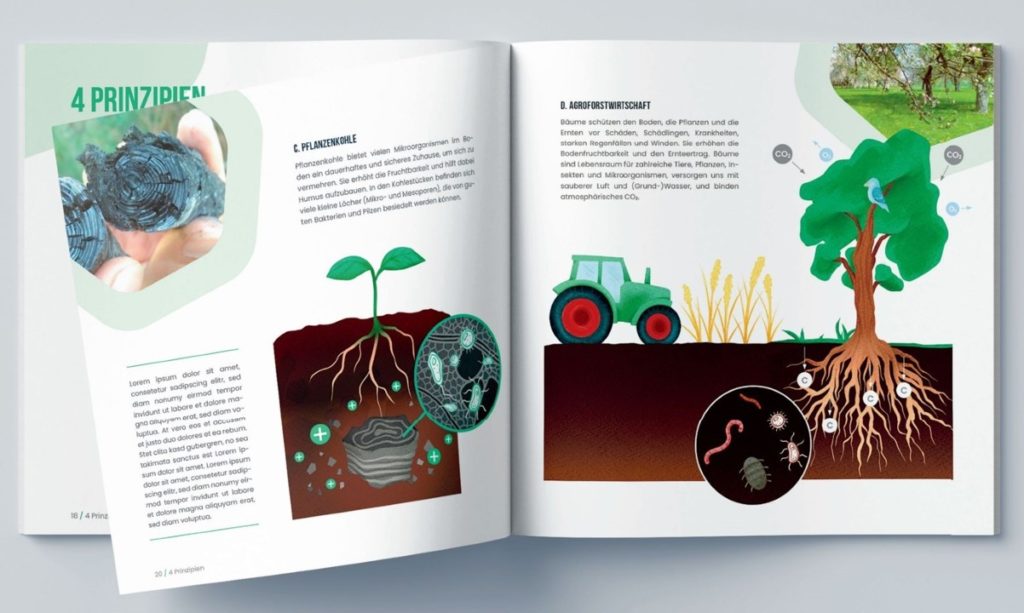
Climate change mitigation and adaption at the same time
Soils rich in humus also address SDG 13 “Climate Action”. They sequester and remove large amounts of CO2 and other greenhouse gas emissions and bind them in biomass above and below ground. Activities that promote soil health and enhance humus (organic matter) in soils, can actively contribute to international climate change mitigation while simultaneously help adapting to the changing climatic conditions. There are scientific papers showing that healthy soils can sequester up to 25 tons of CO2 per year per hectare. Increased resilience to changing climatic conditions simultaneously promotes all other SDGs.
Due to its high filtering and buffering capacity, healthy soils do not only decontaminate the environment on and in the ground by trapping pollutants. They also facilitate the degradation of pollutants from the air and from (rain) water after binding them. In other words, healthy soils provide us with clean water by filtering and purifying rain water that then becomes groundwater (SDG 6; Clean Water and Sanitation). By preventing pollutants from entering water bodies soils even help protect life below water (SDG 14; Life Below Water).
A high biodiversity under ground is the most important factor of healthy soils. This is also good news for farmers because the healthier the soil and the higher the humus content, the higher the yields per unit of land. As agriculture is a sector employing a lot of people, especially in low income countries, healthy soil contributes to economic wellbeing (SDG 8; Decent Work and Economic Growth). A high fraction of people working in agriculture are women. By strengthening this sector and by stabilizing food production, improving soils reduces inequalities as well (SDG 10; Reduced Inequalities).
In times of desertification and overall soil degradation this reduces the need of communities around the world to expand the land in use for food production. So, healthy soils can preserve biodiversity in forests, wetlands, and peatlands because more of them can remain untouched (SDG 15; Life on Land).
Why it is worth protecting the skin of the earth
As shown above, healthy soils’ characteristics are manifold and touch upon many other interesting fields. As the current war in Ukraine and the expected food crisis has drastically shown, the food system is global. This means that in the realm of agricultural but also beyond, forms of cooperation between continents and countries can also be enabled and accelerated starting from discussions about soil health (SDG 17; Partnership for the Goals). Building up humus can improve people’s food bases in a variety of ways while decreasing potential for conflict over scarce resources like water and – arable land – promoting peace through economic and environmental benefits for the respective communities. In addition, soil improvement activities and projects can be the basis for institutional cooperation between countries and continents, which conversely requires institution building. This promotes SDG 16 (Peace, Justice and Strong Institutions).
We should take the chance and improve our soils. Not many areas have the potential to create such enormous benefits.
About the author and «betterSoil - for a better world»
Azadeh Farajpour Javazmi, is the founder of “betterSoil – for a better world”. She has been an associate member of the Club of Rome since 2021 and worked as a research associate at the FAW/n research institute in Ulm, Germany, from 2018-2021.
From theory to action on the ground
As the climate crisis continues to worsen, interest in the topic of “soils for climate protection and sustainable development” has been on the rise again in recent years. The author’s initiative “betterSoil – for a better world“, for example, has been very well received since its foundation one and a half years ago. Well-known personalities from politics, science, business and practice support the initiative’s discussion paper on the topic, which emphasizes the outstanding importance of soils. Among them are Ernst Ulrich von Weizsäcker (Honorary President of the Club of Rome), Mamphela Ramphele (Co-President of the Club of Rome), the expert of biochar Claudia Kammann and the former EU Commissioner Franz Fischler.



